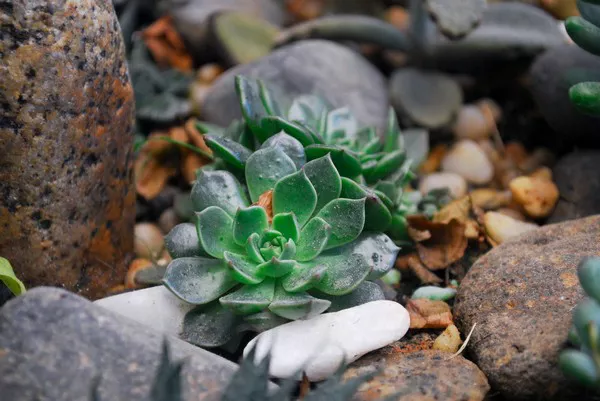Succulent flowers have gained immense popularity among gardening enthusiasts due to their unique beauty, resilience, and low-maintenance nature. These hardy plants come in various shapes, sizes, and colors, making them an ideal choice for both novice and experienced gardeners. In this comprehensive guide, we will explore the art of cultivating succulent flowers, covering everything from choosing the right varieties to providing optimal care for their growth.
Choosing the Right Succulent Varieties
Before embarking on your succulent journey, it’s crucial to select the right varieties for your garden. Succulents encompass a diverse range of species, each with its own requirements and characteristics. Popular choices include Aloe Vera, Echeveria, Sedum, and Crassula. Consider factors such as climate, soil type, and available sunlight when making your selection.
Understanding Soil Requirements
Succulents thrive in well-draining soil, preventing waterlogged roots and potential rot. Create a balanced mix by combining potting soil with perlite or sand to enhance drainage. Additionally, incorporating organic matter like compost ensures the plants receive essential nutrients for healthy growth. Container gardening allows for better control over soil conditions, especially in regions with challenging climates.
Optimal Sunlight Exposure
Succulents are sun-loving plants that require ample sunlight for proper growth. Position your succulent garden in an area that receives at least 6 hours of direct sunlight per day. In hot climates, some succulents may benefit from partial shade during the hottest part of the day. Experiment with different placements to find the optimal balance for your specific succulent varieties.
Watering Techniques
One of the key factors in succulent care is understanding the delicate balance of watering. While these plants are known for their ability to store water in their leaves, they are susceptible to overwatering. Allow the soil to dry out completely between waterings, adjusting the frequency based on environmental conditions. Use a well-aimed, controlled stream of water to avoid soaking the entire plant, focusing on the soil around the roots.
See Also: How to replant a dying succulent?
Temperature and Climate Considerations
Succulents are adapted to various climates, but understanding the specific needs of your chosen varieties is essential for success. Most succulents thrive in temperatures between 60°F to 80°F (15°C to 27°C). In colder climates, provide protection from frost, while in hot regions, ensure adequate ventilation to prevent heat stress. Monitoring temperature fluctuations and adapting your care routine accordingly will contribute to the overall health of your succulent garden.
Container Gardening Tips
For those with limited outdoor space or challenging soil conditions, container gardening is an excellent option. Choose containers with drainage holes to prevent water accumulation, and use a well-draining potting mix. Container gardening allows for greater flexibility in moving plants to optimal sunlight locations and offers a creative outlet for arranging diverse succulent varieties.
Propagation Techniques
Expand your succulent collection by learning the art of propagation. Many succulents can be easily propagated from cuttings or by separating offsets. Understanding the specific propagation methods for your chosen varieties ensures a higher success rate. From leaf cuttings to division, each technique comes with its own set of instructions and considerations.
Pest and Disease Management
While succulents are generally hardy plants, they can still fall victim to pests and diseases. Common issues include mealybugs, aphids, and fungal infections. Regularly inspect your succulents for signs of infestation, and promptly address any issues to prevent the spread of pests or diseases. Natural remedies, such as neem oil or insecticidal soap, can be effective, while maintaining proper airflow helps prevent fungal problems.
Seasonal Care
Adapt your succulent care routine to the changing seasons. During the growing season, typically spring and summer, increase watering frequency and fertilize sparingly. In the dormant season, usually fall and winter, reduce watering and avoid fertilizing. Some succulents may benefit from protective measures in colder climates, such as bringing them indoors or providing frost covers.
Conclusion
Cultivating succulent flowers is a rewarding and enjoyable endeavor that allows for creativity and experimentation in gardening. By understanding the specific needs of your chosen succulent varieties and implementing proper care techniques, you can create a thriving and visually stunning succulent garden. Remember to stay attentive to your plants, adjusting your care routine as needed, and soon you’ll be rewarded with a collection of healthy, vibrant succulent flowers that will captivate any observer.


